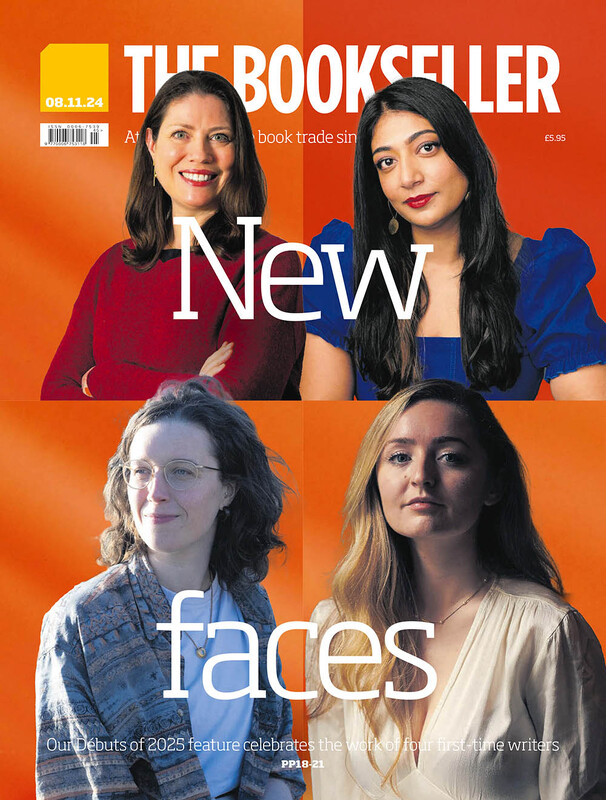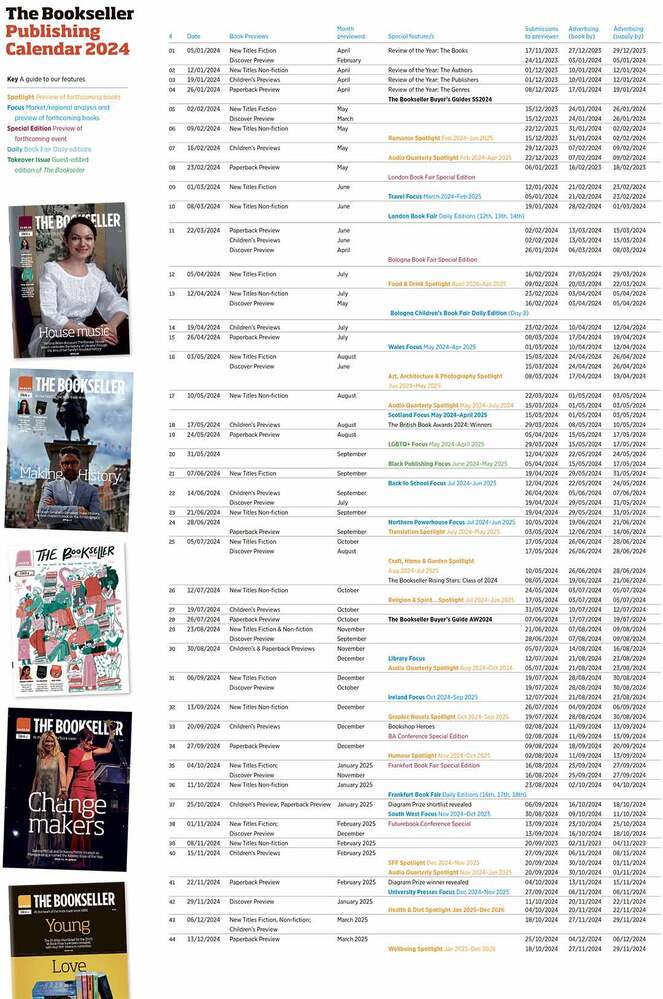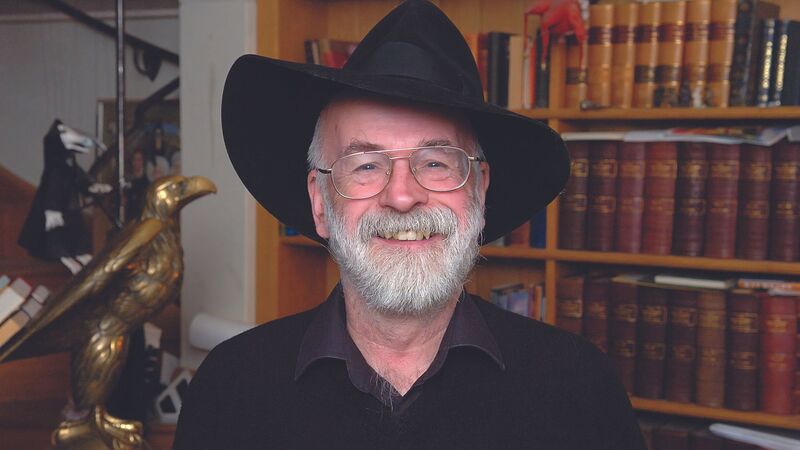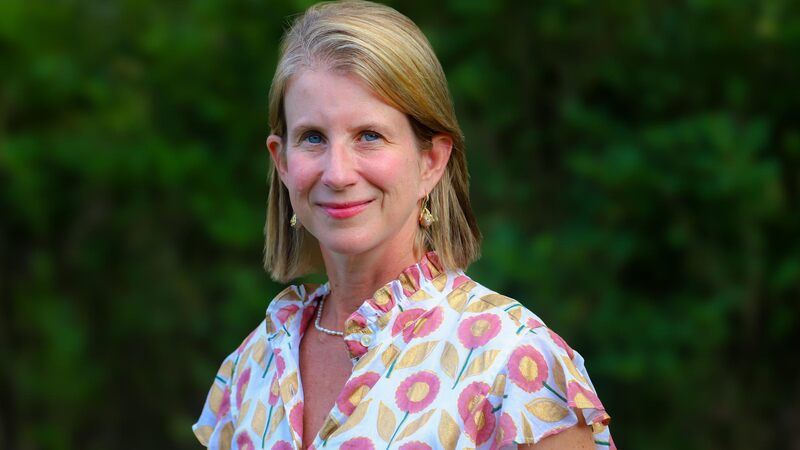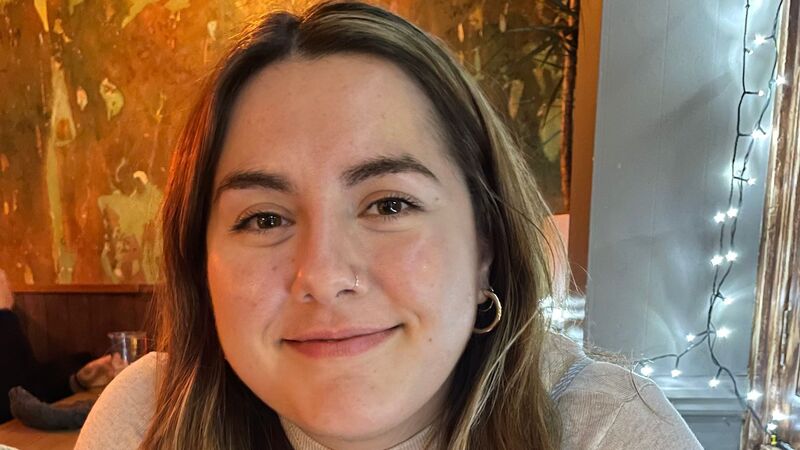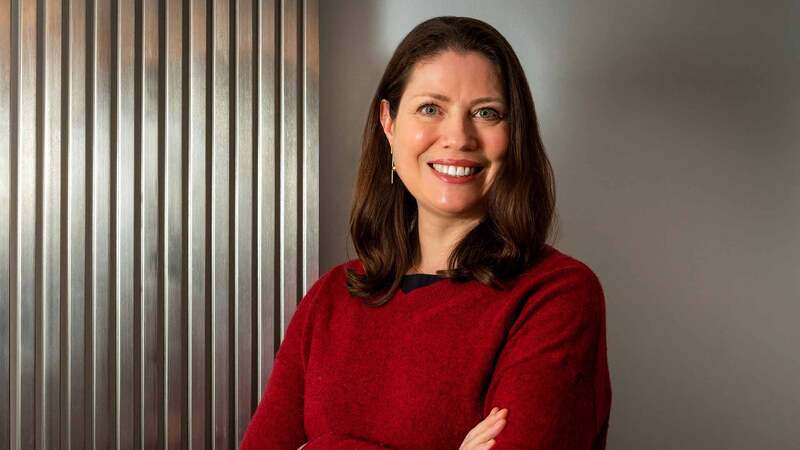Who works in publishing?
The three authors of How to Get a Job in Publishing on the changing face of diversity and inclusion in the book industry over the past decade and a half.
Publishing in the media is a glamorous profession: Sandra Bullock in “The Proposal”, the Manhattan location of “Last Days of Disco”, Renée Zellweger in the Bridget Jones films, the TV series “Younger”, movies as far back as Noël Coward in “The Scoundrel”... The idea of perusing the slush pile and working with authors is an attractive one. But those in publishing, on screen and in fiction, are routinely presented as privileged, conventionally well-spoken and monocultural.
While a more varied cast list does break through in books or films showing the publishing industry, the more diverse characters in books are often shown managing “issues” rather than daily life, for example, Zakiya Dalila Harris’ novel The Other Black Girl. In the wider books landscape, there have been signs of improvement in how diversity is portrayed. The proportion of children’s books featuring a minority ethnic character has almost quadrupled in the past four years, according to a new survey from the Centre for Literacy in Primary Education, although researchers say: “We are not yet at the point where children of colour have the same experience of literature as their white peers.”
Those seeking to enter and build careers in publishing have become very aware of the need for greater diversity. Towards the end of most publishing courses comes the opportunity for specific and chosen study, through dissertation or personal research project, and the need to increase diversity and inclusion is a regular topic. Yet we remain better at categorising diversity—e.g. ethnic, gender, age, accent, linguistic and “background” (a discreet term for class)—than effectively addressing it. With yesterday’s enthusiastic graduates now in mid-ranking and senior roles within the industry, have they been able to implement the changes they wanted to see when they were students? Just how much progress towards improved diversity has there been?
There are now many initiatives related to equity, diversity and inclusion to support wider participation and help create a richer, fairer workplace. Globally, there are increased opportunities for people from marginalised backgrounds to access roles in publishing, including lists and publications such as Cocoa Girl and Cocoa Boy (the UK’s first magazines aimed at celebrating Black children), internships, awards and support—including HarperCollins’ Black, Asian and minority ethnic (BAME) traineeship and Hachette’s practical support (office space and warehousing) for Jacaranda Books.
More still needs to be done. Diversity of thought creates better business decision-making and opens opportunities that would not be obvious within a monocultural workplace. And critically, in our society publishing is a gatekeeper for ideas and information. Enabling diversity in publishing creates better representation and widens access to books, education and information. As a result, society as a whole benefits.
Recognising the importance of diversity and its impact on the publishing industry, we added a new chapter on this topic to our book, the second edition of How to Get a Job in Publishing. It was difficult: few issues are more important, personal and controversial. We also discovered we were writing to two audiences: both those personally affected by discrimination and underrepresentation in their careers; and those less often affected, who can become allies in the process of promoting and expanding diversity.
We took the approach of encouraging readers to reflect on what equity, diversity and inclusion mean to them, regardless of how they identify or their experiences. While it’s self-evident that publishing is filled with individuals passionate about ideas, books, literature and progress towards creating a fairer and more inclusive environment, it’s also true that navigating workplace culture can be challenging, particularly for those who identify as living with difference.
Some live this daily. Those of us who are in a multitude of ways “atypical”, different or stand out from the norm know that we operate within the working world on a fine balance: making compromises, pretending not to notice, deciding whether to point out what we see, processing microaggressions, performing to be something we are not.
What about the responsibilities of those of us lucky enough not to encounter these issues of difference? We have the privilege, and the obligation, to be strong allies in our publishing careers; supporting and advocating for fairness and equity of opportunity. Being an ally to those who identify as a minority is a powerful way to promote diversity within the workplace. This can come in many forms, from mentoring and amplifying underrepresented voices to being open and reflective about one’s privilege and how it can be leveraged to support diversity initiatives.
Here are three top tips for making progress around diversity and inclusion within publishing:
Accept that for those on the receiving end, the individual experience and approach to promoting diversity may differ. Some may feel safe and empowered to be outspoken, while others may wish to keep their heads down and focus solely on doing their job well. Individuals do not owe anyone anything (other than themselves). It is the responsibility of leaders and executives to create and maintain a culture of diversity and inclusion.
If the human argument fails, make the business argument for diversity. Progress is needed in multiple areas, and the strongest ethical argument for change is to be fair to all—but if that doesn’t succeed, it can be more effective to select the issues on which you seek to make progress, and push forward related initiatives on the basis of better business outcomes. In other words, be strategic in challenging issues that are long overdue for reform, but are not even noticed by those they currently benefit. This can arguably drive more targeted and lasting change.
As a professional, whatever your level, you can play a critical role in increasing diversity by being an ally. Whether through reflecting on privilege and using it to support diversity initiatives, amplifying underrepresented voices or strategically targeting areas in need of reform, you can make a difference in making publishing more inclusive and equitable.
From our point of view as a team of authors, geographically separate, ethnically mixed and ageing (it was 15 years since our last edition), the evolution of our book certainly reflects the changing market and attitudes towards diversity in the industry. We hope that by the next edition, progress towards industry diversity will have continued to advance, enabling us to focus on the positive impact of a diverse workforce and their varied output.
Alison Baverstock is professor of publishing at Kingston University and the author of many titles on the books industry. Susannah Bowen is industry associate for the publishing programme at the School of Culture and Communication at the University of Melbourne, and joint principal researcher for the Australian Publishing Industry Workforce Survey on Diversity and Inclusion. Steve Carey has worked as a magazine publisher in the UK and Australia.

